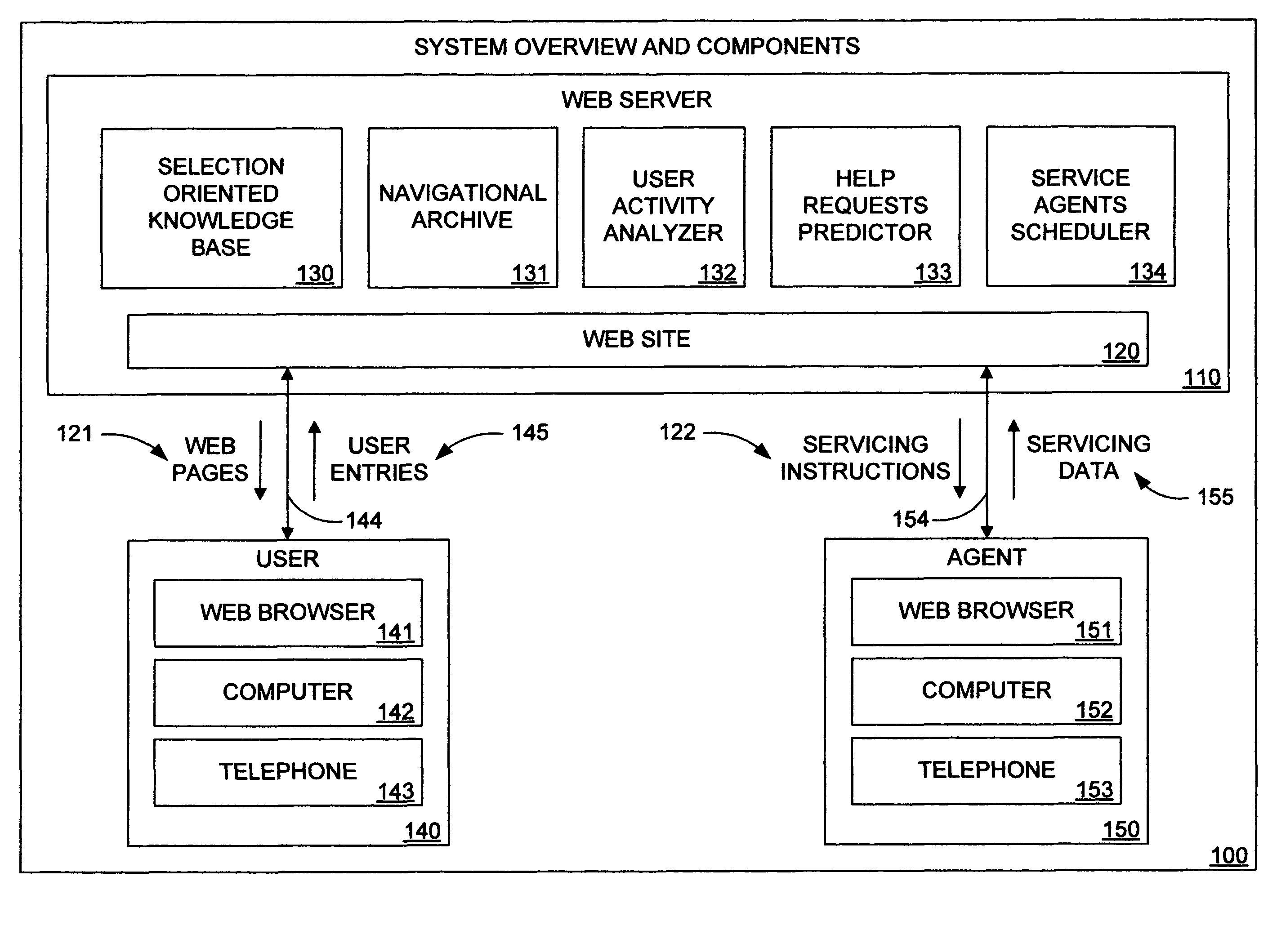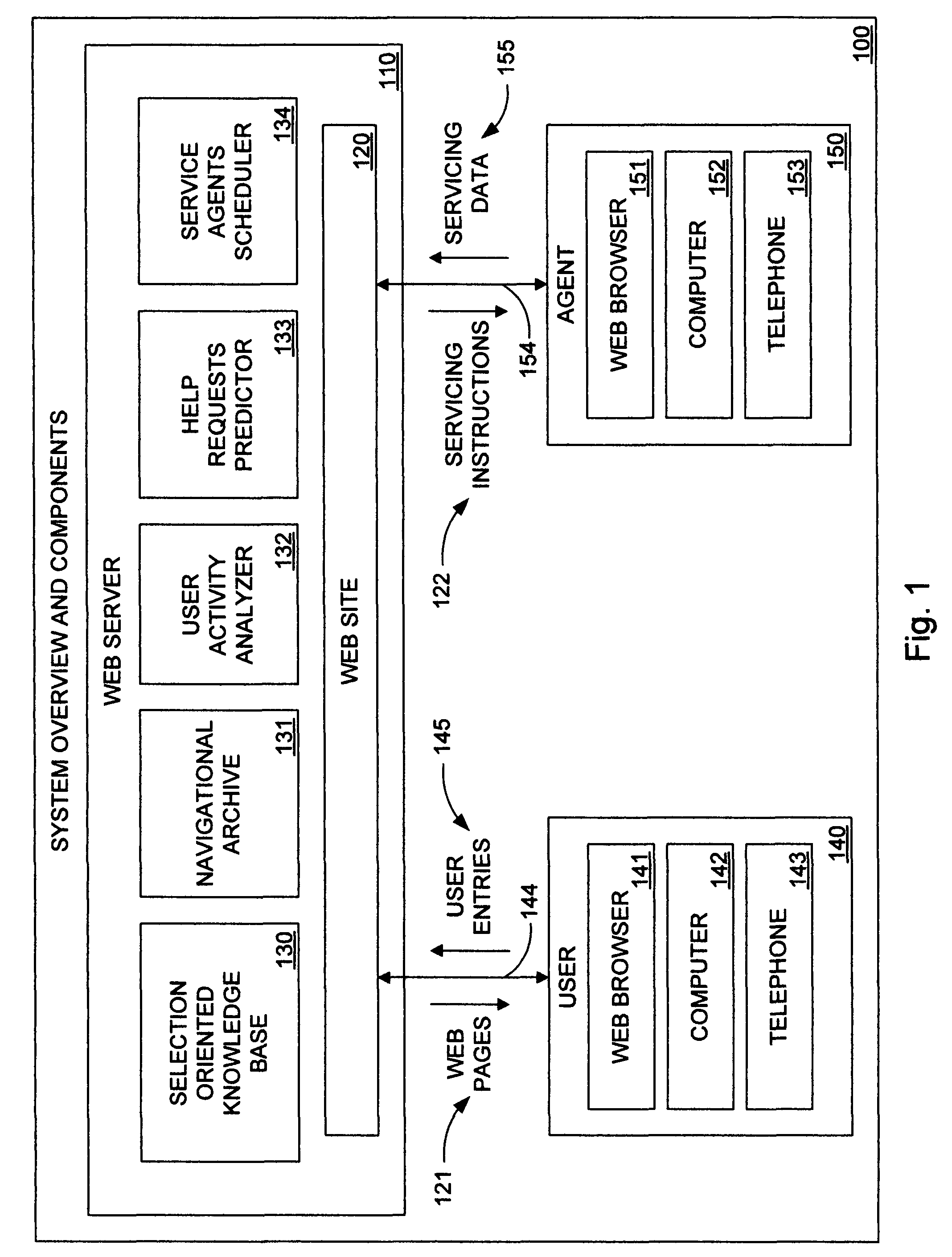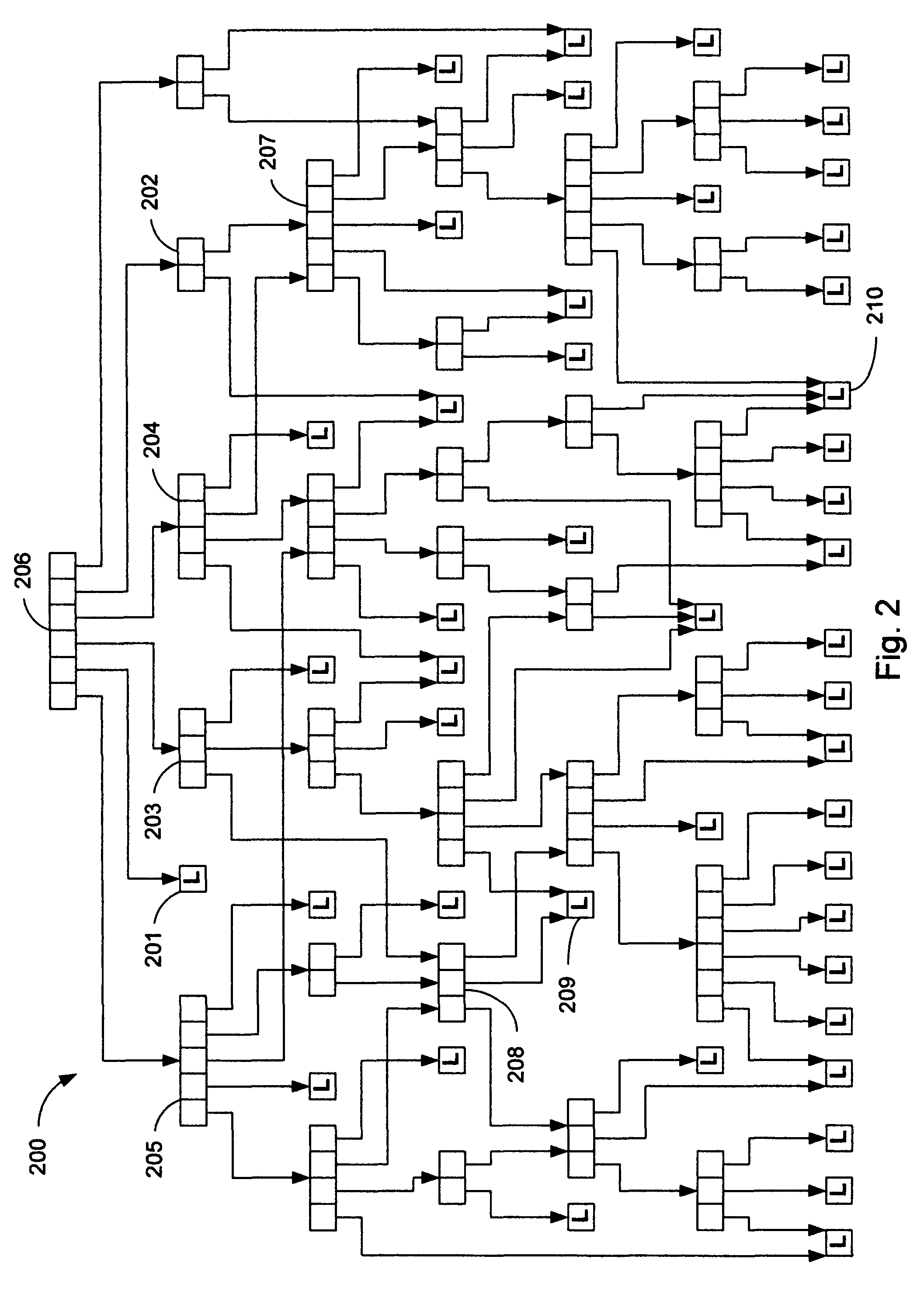Online taxonomy for constructing customer service queries
- Summary
- Abstract
- Description
- Claims
- Application Information
AI Technical Summary
Benefits of technology
Problems solved by technology
Method used
Image
Examples
Embodiment Construction
[0046]In the following description, reference is made to the accompanying drawings, which form a part hereof, and which show, by way of illustration, specific embodiments or processes in which the invention may be practiced. Where possible, the same reference numbers are used throughout the drawings to refer to the same or like components. In some instances, numerous specific details are set forth in order to provide a thorough understanding of the present invention. The present invention, however, may be practiced without the specific details or with certain alternative equivalent devices and methods to those described herein. In other instances, well-known methods and devices have not been described in detail so as not to unnecessarily obscure aspects of the present invention.
I. System Overview and Components
[0047]FIG. 1 illustrates one embodiment 100 of the system overview and components of the present invention. A web server 110 hosts a web site 120, a selection oriented knowled...
PUM
 Login to View More
Login to View More Abstract
Description
Claims
Application Information
 Login to View More
Login to View More - R&D
- Intellectual Property
- Life Sciences
- Materials
- Tech Scout
- Unparalleled Data Quality
- Higher Quality Content
- 60% Fewer Hallucinations
Browse by: Latest US Patents, China's latest patents, Technical Efficacy Thesaurus, Application Domain, Technology Topic, Popular Technical Reports.
© 2025 PatSnap. All rights reserved.Legal|Privacy policy|Modern Slavery Act Transparency Statement|Sitemap|About US| Contact US: help@patsnap.com



